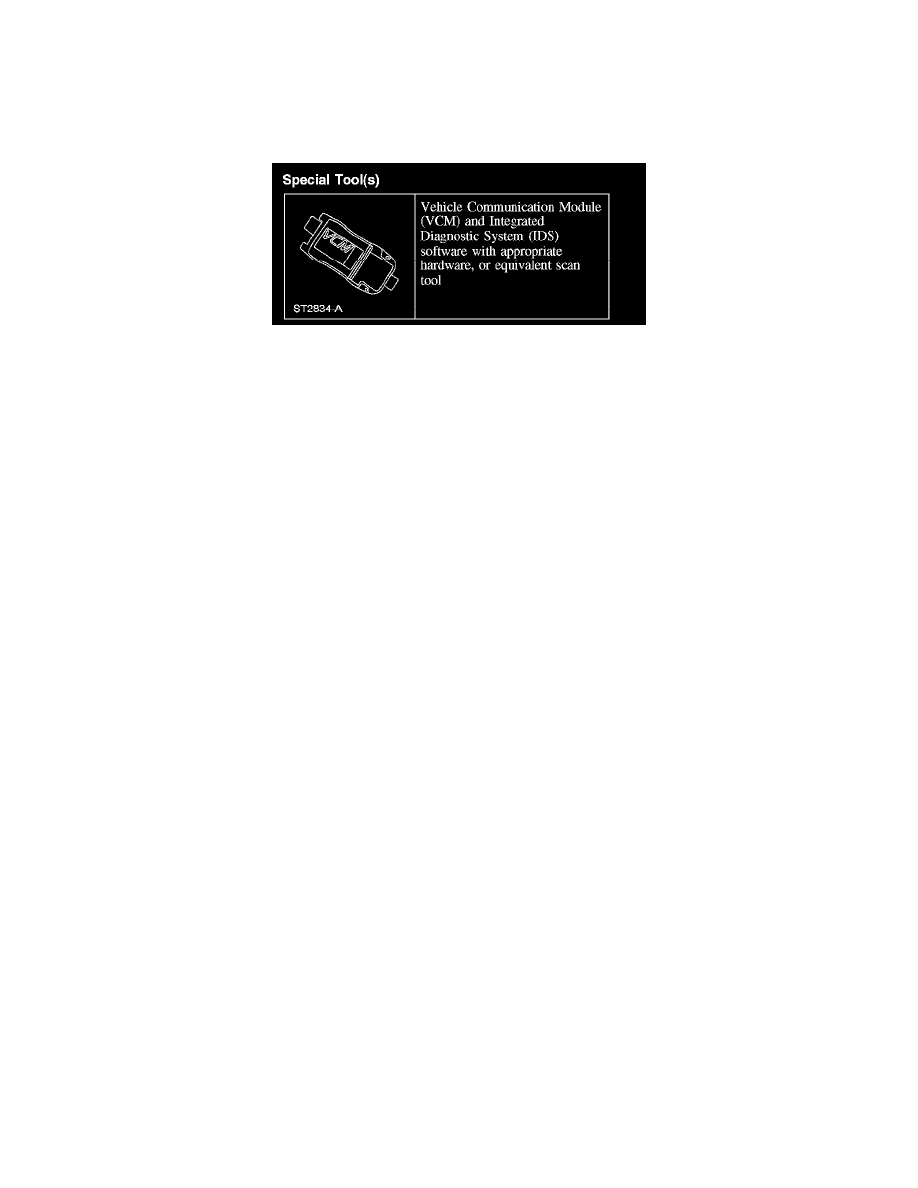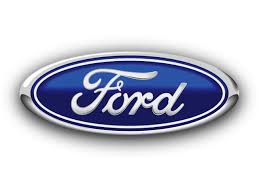Fusion FWD L4-2.3L VIN Z (2007)

Torque Converter: Testing and Inspection
6 Speed - Automatic Transaxle/Transmission
Torque Converter Diagnosis
Torque Converter Diagnosis
Special Tools
Prior to torque converter installation, all diagnostic procedures must be followed. This is to prevent the unnecessary installation of new or
remanufactured torque converters. Only after a complete diagnostic evaluation can the decision be made to install a new or remanufactured torque
converter.
Begin with the normal diagnostic procedures as follows:
1. Preliminary Inspection
2. Know and Understand the Customer's Concern
3. Verify the Concern - carry out the torque converter operation test
4. Carry out Diagnostic Procedures:
-
Run On-Board Diagnostics. Refer to Diagnostics.
^
Repair all non-transmission related DTC's first.
^
Repair all transmission DTC's.
^
Rerun On-Board Diagnostic to verify repair.
^
Carry out Line Pressure Test. Refer to Special Testing Procedures.
^
Carry out Stall Speed Test. Refer to Special Testing Procedures.
^
Carry out diagnostic routines. Refer to Diagnosis By Symptom.
^
Use the index to locate the appropriate routine that best describes the symptom(s). The routine will list all possible components that may
cause or contribute to the symptom. Check each component listed, diagnose and repair as required, before repairing the torque converter.
Torque Converter
Torque Converter
1. A new or remanufactured torque converter must be installed if one or more of the following statements are true:
-
A torque converter malfunction has been determined based on complete diagnostic procedures.
-
Converter stud(s), impeller hub or bushing are damaged.
-
Discoloration of the torque converter (due to overheating).
-
The torque converter is found to be out of specification when carrying out one of the following torque converter checks:
^
One-Way Clutch Check
^
End Play Check
^
Stator to Turbine Interference Check
^
Stator to Impeller Interference Check
^
Torque Converter Leak Check
-
Evidence of transmission assembly or fluid contamination due to the following transmission or converter failure modes:
^
Major Metallic Failure
^
Multiple Clutches or Clutch Plate Failures
^
Sufficient Component Wear which results in Metallic Contamination
Torque Converter Contamination Inspection
Torque Converter Contamination Inspection
